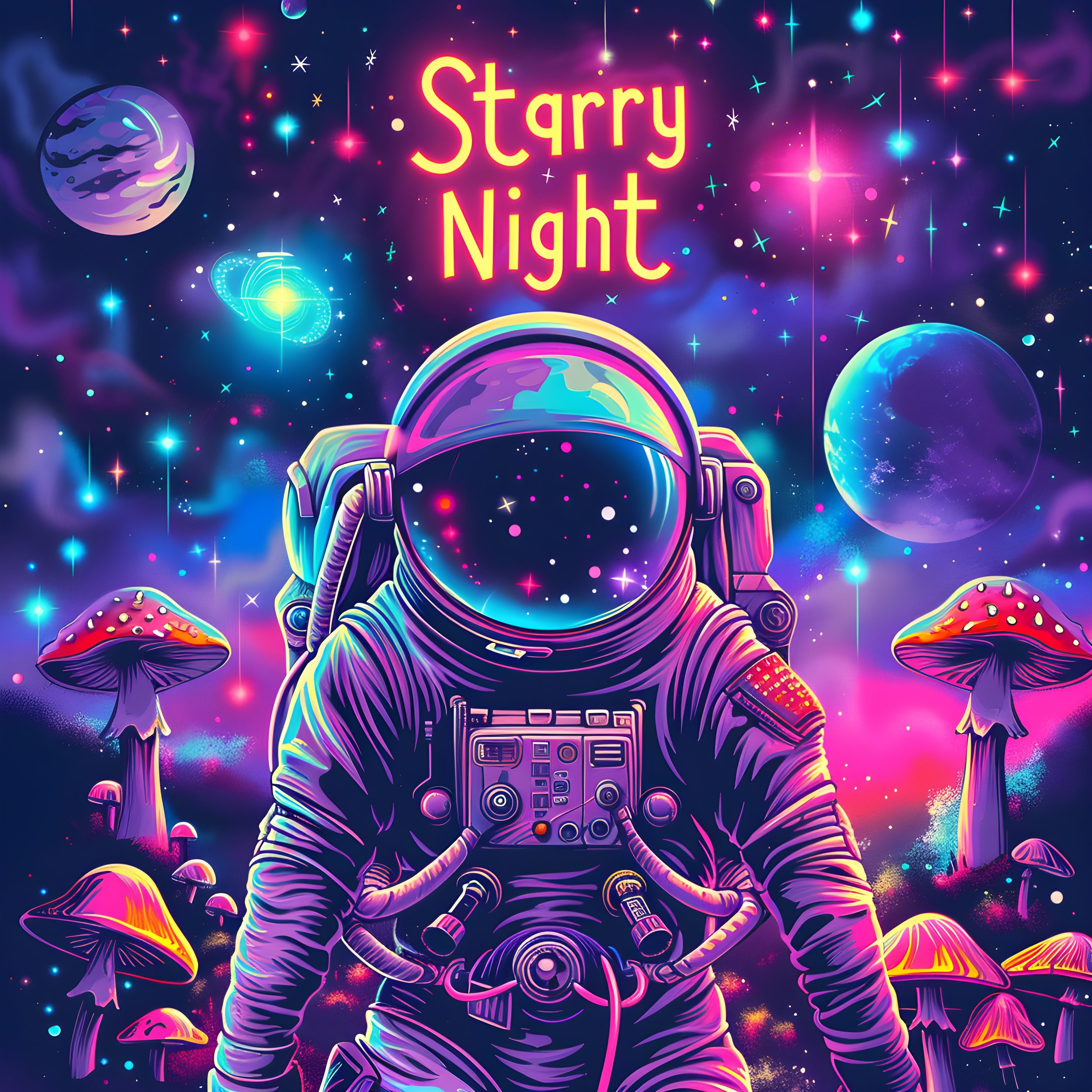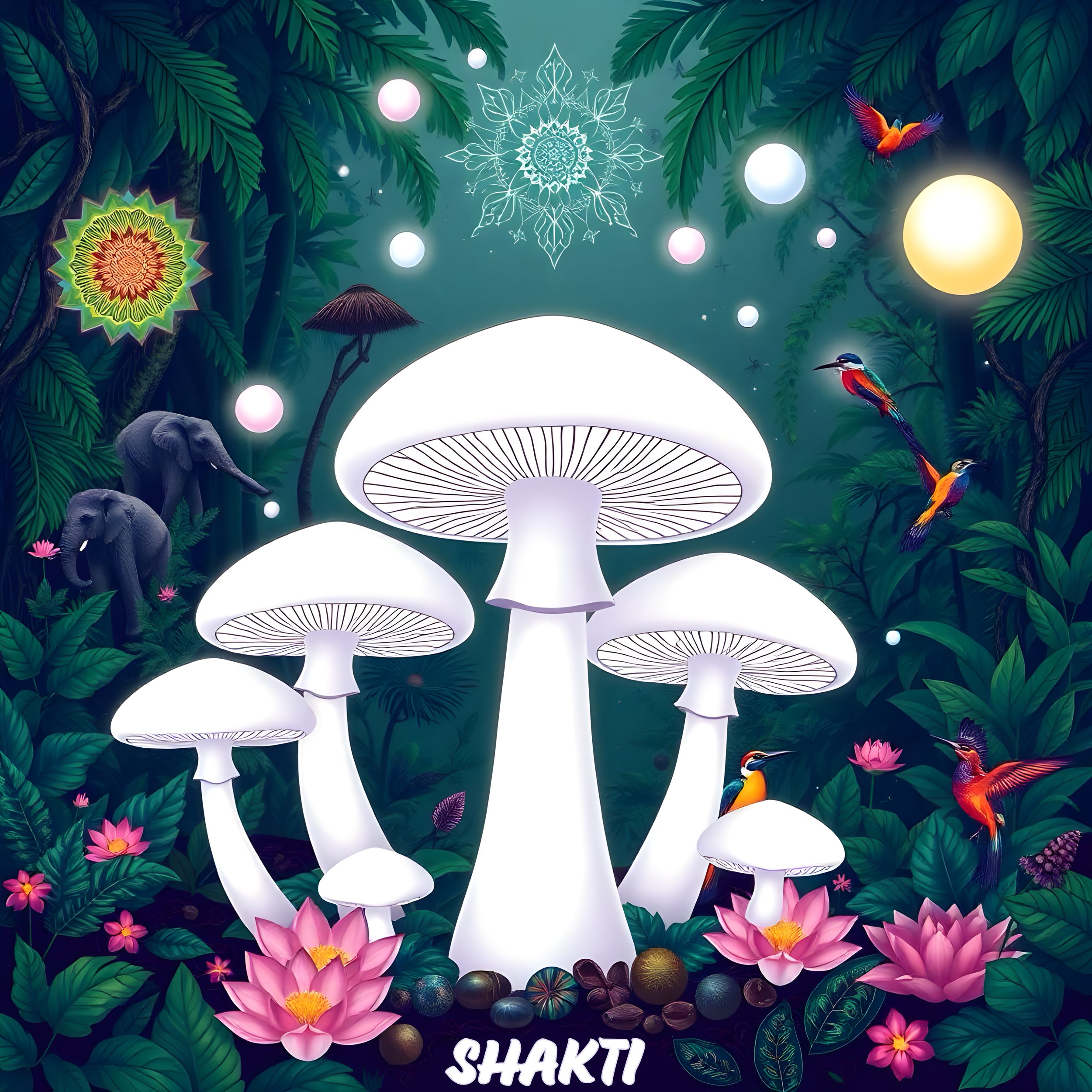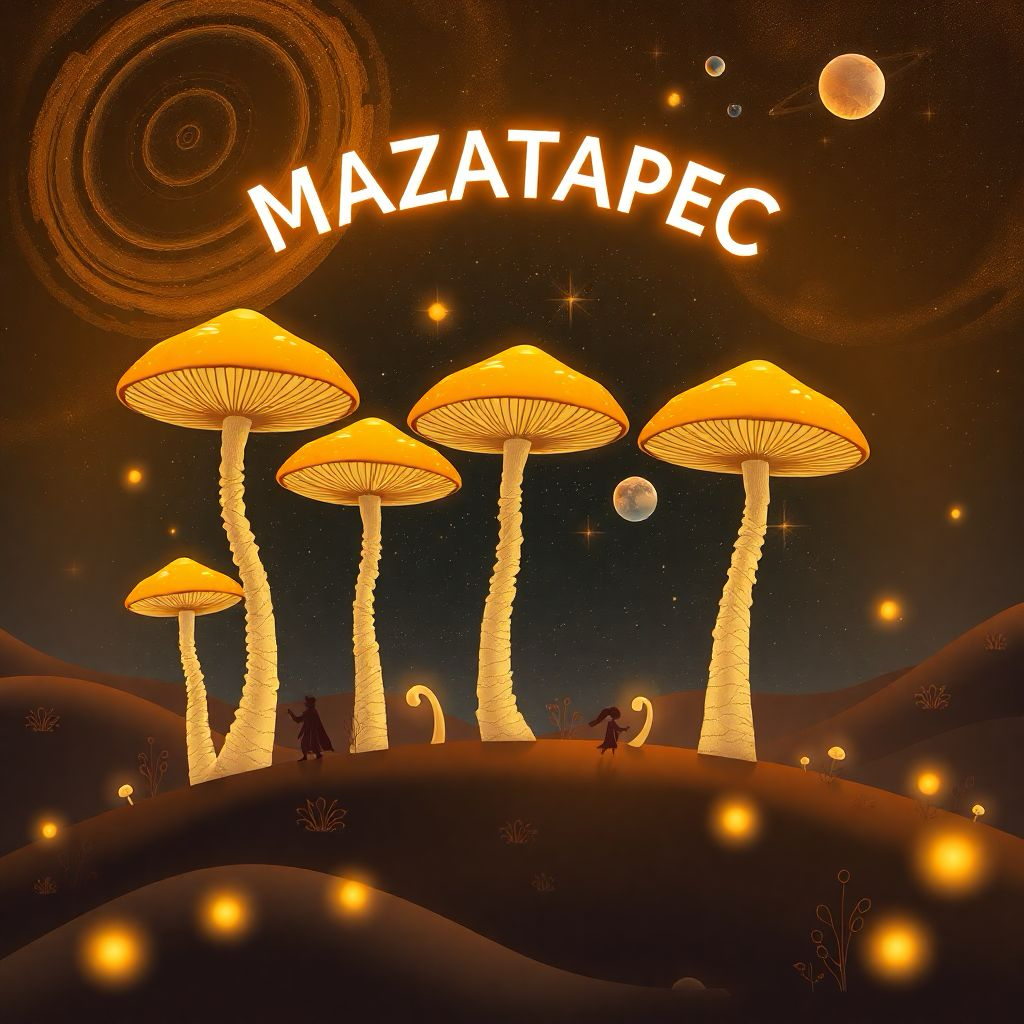Amanita Muscaria
Please note that our Amanita Muscaria Liquid Culture Syringes are intended for research and taxonomy purposes only through microscopy. The images and information we provided is intended solely for educational and research reference. As these syringes are offered solely for research and educational purposes, they are not intended for cultivation or consumption. When purchasing, it's important to choose a reputable source. We personally vet our mycologists, offer high-quality genetics, and we offer discreet shipping for your privacy.
Background:
The Amanita muscaria, commonly known as the Fly Agaric, is one of the most iconic and recognizable mushrooms in the world. Known for its vibrant red cap adorned with white spots, this species has deep roots in folklore, traditional medicine, and spiritual practices across Northern Europe, Siberia, and North America. Unlike Psilocybe cubensis mushrooms, Amanita muscaria contains ibotenic acid and muscimol, which are responsible for its psychoactive effects. While it is not a classic psychedelic mushroom, it has been historically used in shamanic rituals and cultural ceremonies for its unique mind-altering properties. In its natural habitat, Amanita muscaria thrives in symbiotic relationships with birch, pine, and spruce trees, often emerging in forested areas with acidic soil. It prefers cool climates and typically fruits in late summer to early fall.
Species:
Amanita muscaria
Classification:
Psychoactive
Cap:
The cap of Amanita muscaria typically measures between 50–200 mm in diameter and is often described as convex when young, flattening with maturity. Its iconic bright red to orange-red coloration, speckled with white warts, makes it unmistakable. In wetter conditions, the cap's color can appear more saturated, while dry weather may cause it to fade slightly.
Stem:
The stem ranges from 100–200 mm in length and is white, sturdy, and cylindrical, often featuring a distinctive skirt-like ring (annulus) below the cap. The base of the stem is bulbous and sometimes surrounded by remnants of a universal veil, appearing as loose, flaky patches.
Gills:
The gills are free from the stem, densely packed, and white to pale cream in color. They remain relatively unchanged in maturity, maintaining their pale hue.
Spores:
Amanita muscaria spores are elliptical, smooth, and non-amyloid (they do not stain blue with iodine). They measure approximately 9.0–13.0 µm in length and 6.0–9.0 µm in width and are pure white in deposit, contributing to the pale coloration seen in mature gills.
Toxic Compounds:
Amanita muscaria contains two primary psychoactive compounds:
Ibotenic Acid: A neurotoxin that can cause nausea, vomiting, and discomfort if consumed raw.
Muscimol: The primary psychoactive compound, responsible for the sedative, dream-like effects associated with Amanita muscaria.
Proper preparation, including drying and heat treatment, converts much of the ibotenic acid into muscimol, reducing toxicity and enhancing the mushroom's psychoactive potential.
Effects:
When consumed in carefully prepared forms, Amanita muscaria is reported to produce effects such as:
Dream-like states
Sedation and muscle relaxation
Altered auditory and visual perception
Euphoria or a sense of connection to nature
In larger doses, experiences can become disorienting, with effects including nausea, delirium, or loss of motor control.
Cultural Significance:
Amanita muscaria has been deeply intertwined with human history:
Siberian Shamanism: Used ritually for spiritual journeys and ceremonies.
Folklore and Mythology: Symbolized in fairy tales, artwork, and holiday traditions (e.g., the association with Christmas themes).
Modern Culture: Widely recognized in pop culture, from video games to children’s literature.
Ecological Role:
Amanita muscaria forms mycorrhizal relationships with trees, exchanging nutrients and enhancing root absorption. It plays a vital role in forest ecosystems, contributing to tree health and soil fertility.
Safety Notice:
Amanita muscaria is not considered safe for casual consumption due to its variability in psychoactive compound concentrations and potential toxicity. Preparation and dosage require expertise. Mishandling can result in severe poisoning.
Always consult experts before handling or consuming Amanita muscaria for any purpose.
Please note that our Amanita Muscaria Liquid Culture Syringes are intended for research and taxonomy purposes only through microscopy. The images and information we provided is intended solely for educational and research reference. As these syringes are offered solely for research and educational purposes, they are not intended for cultivation or consumption. When purchasing, it's important to choose a reputable source. We personally vet our mycologists, offer high-quality genetics, and we offer discreet shipping for your privacy.
Background:
The Amanita muscaria, commonly known as the Fly Agaric, is one of the most iconic and recognizable mushrooms in the world. Known for its vibrant red cap adorned with white spots, this species has deep roots in folklore, traditional medicine, and spiritual practices across Northern Europe, Siberia, and North America. Unlike Psilocybe cubensis mushrooms, Amanita muscaria contains ibotenic acid and muscimol, which are responsible for its psychoactive effects. While it is not a classic psychedelic mushroom, it has been historically used in shamanic rituals and cultural ceremonies for its unique mind-altering properties. In its natural habitat, Amanita muscaria thrives in symbiotic relationships with birch, pine, and spruce trees, often emerging in forested areas with acidic soil. It prefers cool climates and typically fruits in late summer to early fall.
Species:
Amanita muscaria
Classification:
Psychoactive
Cap:
The cap of Amanita muscaria typically measures between 50–200 mm in diameter and is often described as convex when young, flattening with maturity. Its iconic bright red to orange-red coloration, speckled with white warts, makes it unmistakable. In wetter conditions, the cap's color can appear more saturated, while dry weather may cause it to fade slightly.
Stem:
The stem ranges from 100–200 mm in length and is white, sturdy, and cylindrical, often featuring a distinctive skirt-like ring (annulus) below the cap. The base of the stem is bulbous and sometimes surrounded by remnants of a universal veil, appearing as loose, flaky patches.
Gills:
The gills are free from the stem, densely packed, and white to pale cream in color. They remain relatively unchanged in maturity, maintaining their pale hue.
Spores:
Amanita muscaria spores are elliptical, smooth, and non-amyloid (they do not stain blue with iodine). They measure approximately 9.0–13.0 µm in length and 6.0–9.0 µm in width and are pure white in deposit, contributing to the pale coloration seen in mature gills.
Toxic Compounds:
Amanita muscaria contains two primary psychoactive compounds:
Ibotenic Acid: A neurotoxin that can cause nausea, vomiting, and discomfort if consumed raw.
Muscimol: The primary psychoactive compound, responsible for the sedative, dream-like effects associated with Amanita muscaria.
Proper preparation, including drying and heat treatment, converts much of the ibotenic acid into muscimol, reducing toxicity and enhancing the mushroom's psychoactive potential.
Effects:
When consumed in carefully prepared forms, Amanita muscaria is reported to produce effects such as:
Dream-like states
Sedation and muscle relaxation
Altered auditory and visual perception
Euphoria or a sense of connection to nature
In larger doses, experiences can become disorienting, with effects including nausea, delirium, or loss of motor control.
Cultural Significance:
Amanita muscaria has been deeply intertwined with human history:
Siberian Shamanism: Used ritually for spiritual journeys and ceremonies.
Folklore and Mythology: Symbolized in fairy tales, artwork, and holiday traditions (e.g., the association with Christmas themes).
Modern Culture: Widely recognized in pop culture, from video games to children’s literature.
Ecological Role:
Amanita muscaria forms mycorrhizal relationships with trees, exchanging nutrients and enhancing root absorption. It plays a vital role in forest ecosystems, contributing to tree health and soil fertility.
Safety Notice:
Amanita muscaria is not considered safe for casual consumption due to its variability in psychoactive compound concentrations and potential toxicity. Preparation and dosage require expertise. Mishandling can result in severe poisoning.
Always consult experts before handling or consuming Amanita muscaria for any purpose.

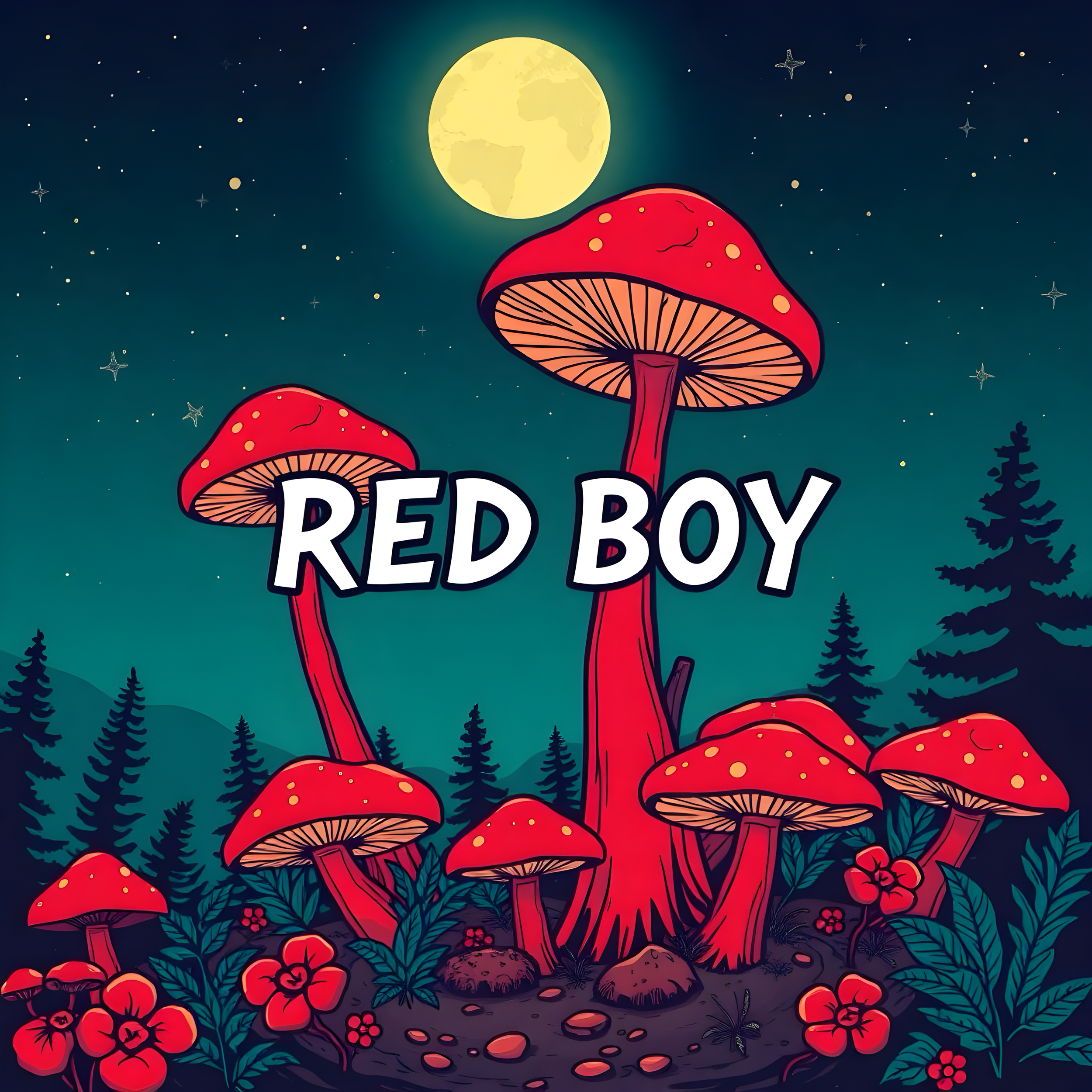
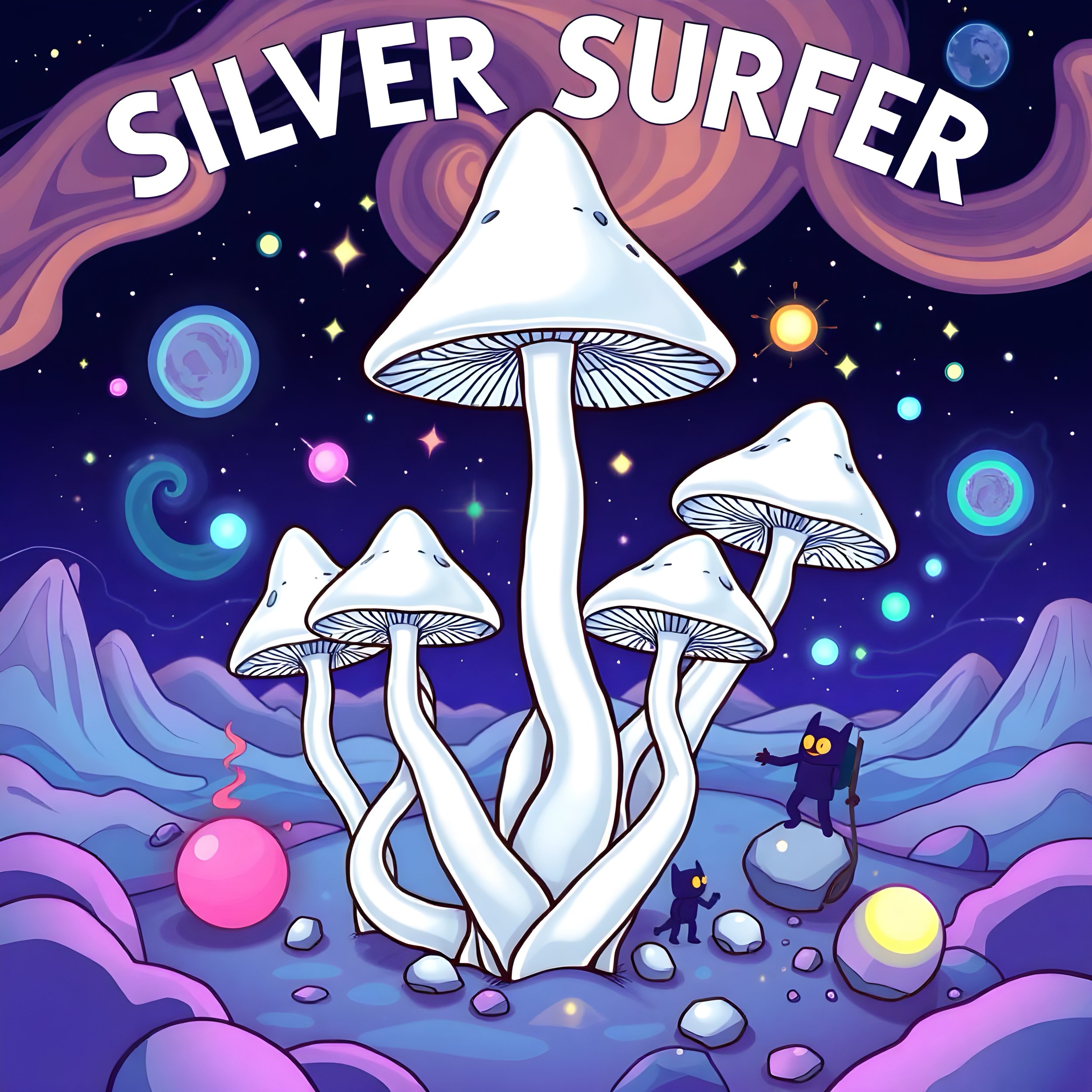

Please note that our Amanita Muscaria Liquid Culture Syringes are intended for research and taxonomy purposes only through microscopy. The images and information we provided is intended solely for educational and research reference. As these syringes are offered solely for research and educational purposes, they are not intended for cultivation or consumption. When purchasing, it's important to choose a reputable source. We personally vet our mycologists, offer high-quality genetics, and we offer discreet shipping for your privacy.
Background:
The Amanita muscaria, commonly known as the Fly Agaric, is one of the most iconic and recognizable mushrooms in the world. Known for its vibrant red cap adorned with white spots, this species has deep roots in folklore, traditional medicine, and spiritual practices across Northern Europe, Siberia, and North America. Unlike Psilocybe cubensis mushrooms, Amanita muscaria contains ibotenic acid and muscimol, which are responsible for its psychoactive effects. While it is not a classic psychedelic mushroom, it has been historically used in shamanic rituals and cultural ceremonies for its unique mind-altering properties. In its natural habitat, Amanita muscaria thrives in symbiotic relationships with birch, pine, and spruce trees, often emerging in forested areas with acidic soil. It prefers cool climates and typically fruits in late summer to early fall.
Species:
Amanita muscaria
Classification:
Psychoactive
Cap:
The cap of Amanita muscaria typically measures between 50–200 mm in diameter and is often described as convex when young, flattening with maturity. Its iconic bright red to orange-red coloration, speckled with white warts, makes it unmistakable. In wetter conditions, the cap's color can appear more saturated, while dry weather may cause it to fade slightly.
Stem:
The stem ranges from 100–200 mm in length and is white, sturdy, and cylindrical, often featuring a distinctive skirt-like ring (annulus) below the cap. The base of the stem is bulbous and sometimes surrounded by remnants of a universal veil, appearing as loose, flaky patches.
Gills:
The gills are free from the stem, densely packed, and white to pale cream in color. They remain relatively unchanged in maturity, maintaining their pale hue.
Spores:
Amanita muscaria spores are elliptical, smooth, and non-amyloid (they do not stain blue with iodine). They measure approximately 9.0–13.0 µm in length and 6.0–9.0 µm in width and are pure white in deposit, contributing to the pale coloration seen in mature gills.
Toxic Compounds:
Amanita muscaria contains two primary psychoactive compounds:
Ibotenic Acid: A neurotoxin that can cause nausea, vomiting, and discomfort if consumed raw.
Muscimol: The primary psychoactive compound, responsible for the sedative, dream-like effects associated with Amanita muscaria.
Proper preparation, including drying and heat treatment, converts much of the ibotenic acid into muscimol, reducing toxicity and enhancing the mushroom's psychoactive potential.
Effects:
When consumed in carefully prepared forms, Amanita muscaria is reported to produce effects such as:
Dream-like states
Sedation and muscle relaxation
Altered auditory and visual perception
Euphoria or a sense of connection to nature
In larger doses, experiences can become disorienting, with effects including nausea, delirium, or loss of motor control.
Cultural Significance:
Amanita muscaria has been deeply intertwined with human history:
Siberian Shamanism: Used ritually for spiritual journeys and ceremonies.
Folklore and Mythology: Symbolized in fairy tales, artwork, and holiday traditions (e.g., the association with Christmas themes).
Modern Culture: Widely recognized in pop culture, from video games to children’s literature.
Ecological Role:
Amanita muscaria forms mycorrhizal relationships with trees, exchanging nutrients and enhancing root absorption. It plays a vital role in forest ecosystems, contributing to tree health and soil fertility.
Safety Notice:
Amanita muscaria is not considered safe for casual consumption due to its variability in psychoactive compound concentrations and potential toxicity. Preparation and dosage require expertise. Mishandling can result in severe poisoning.




